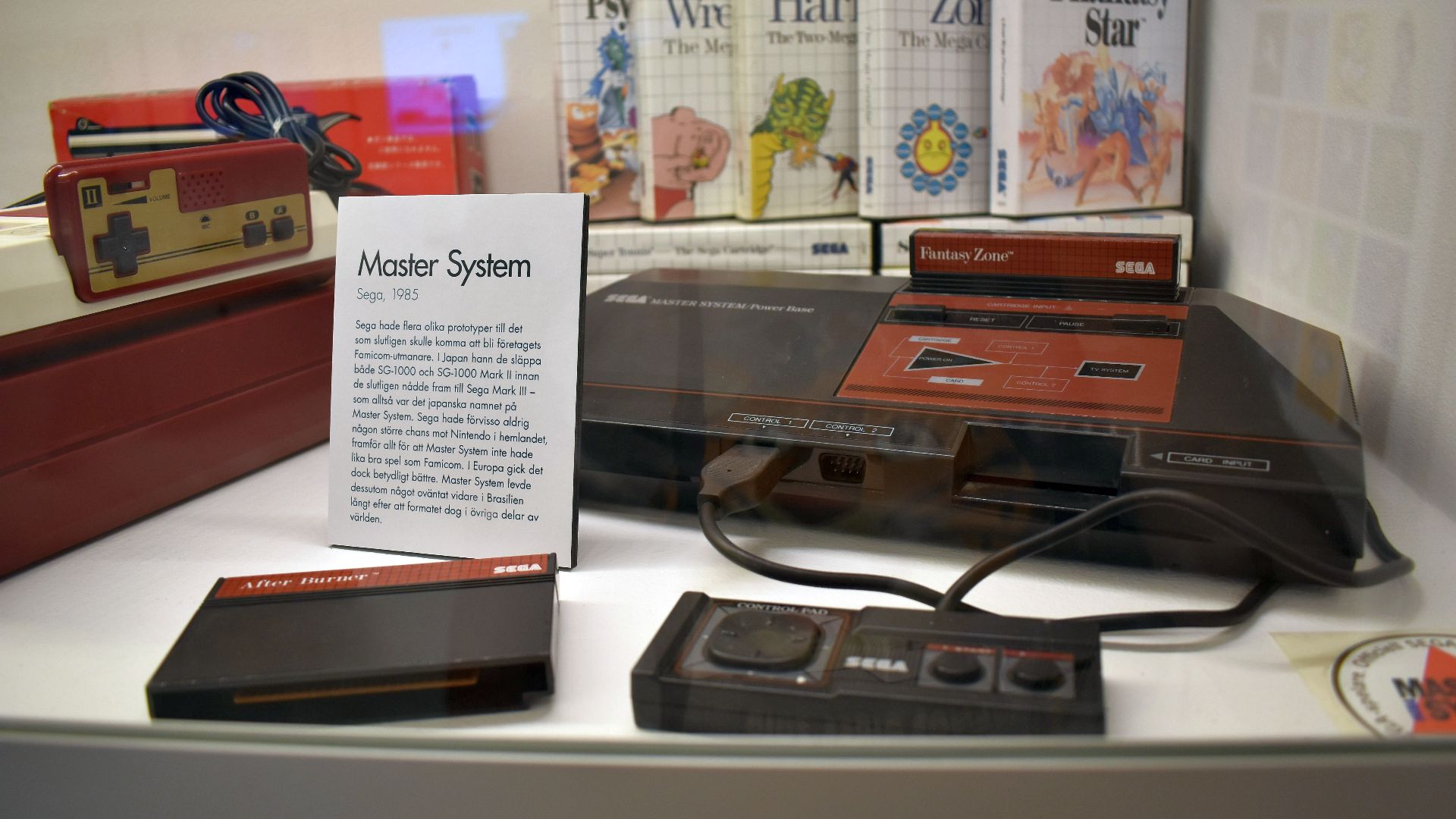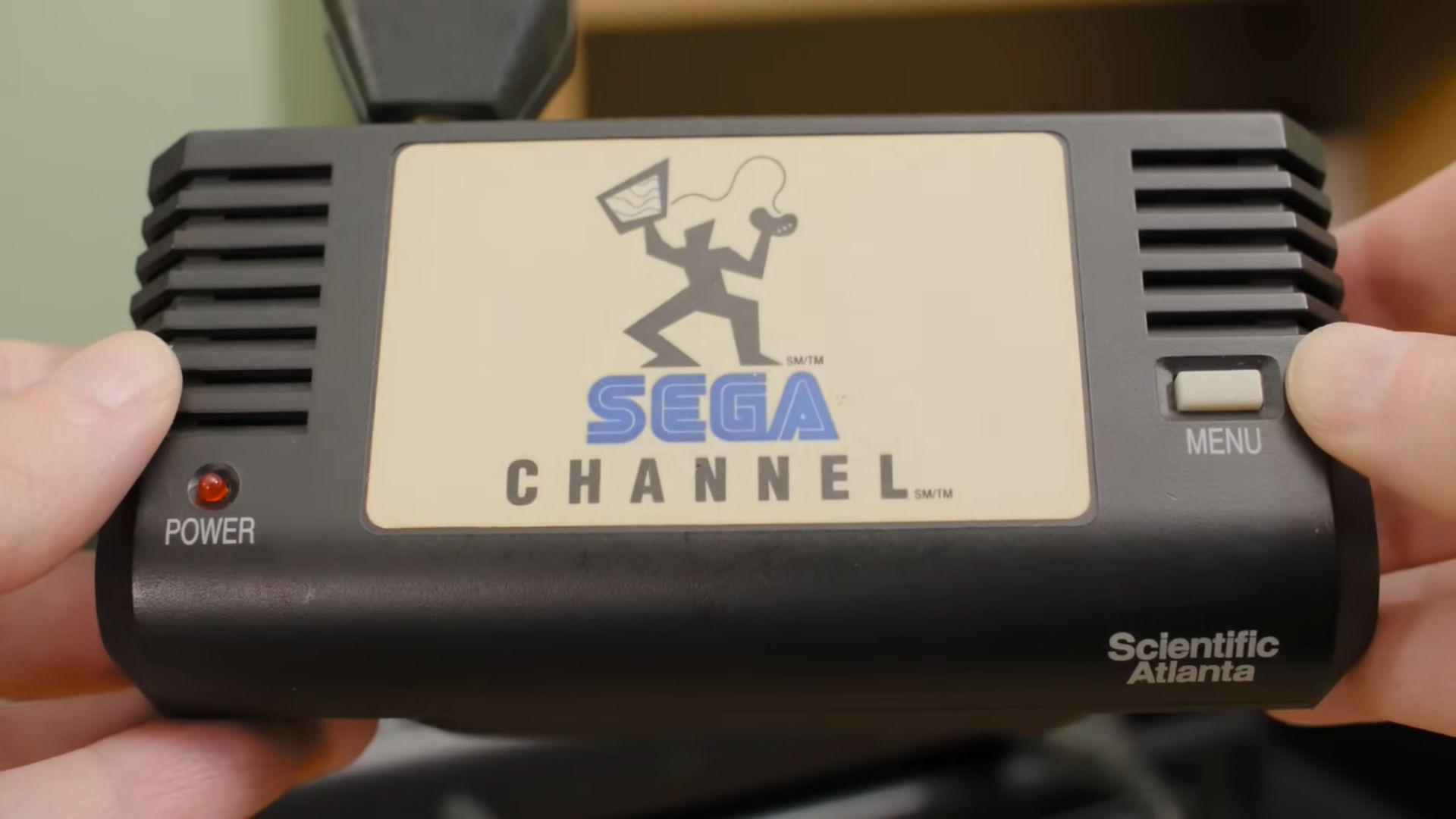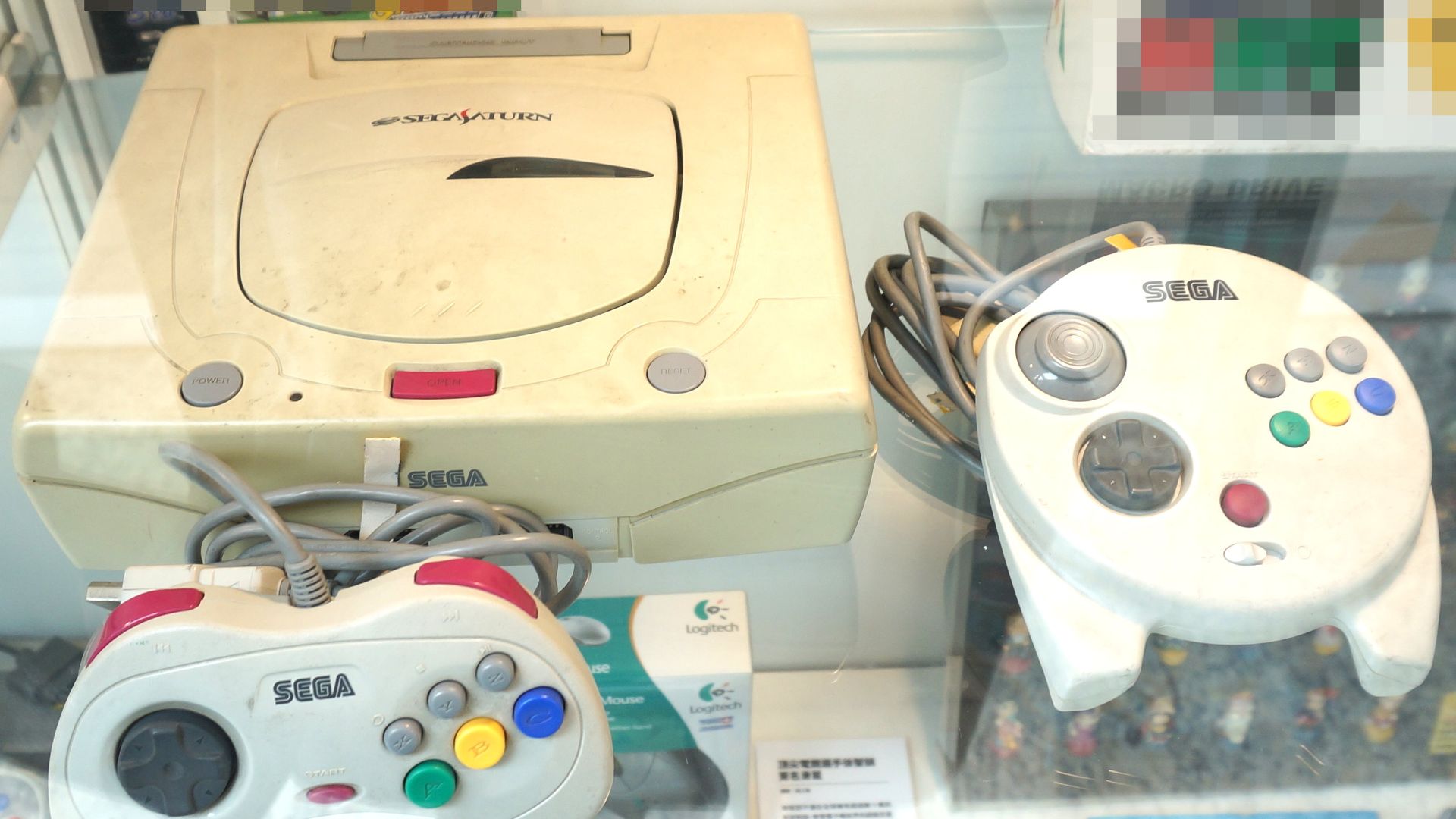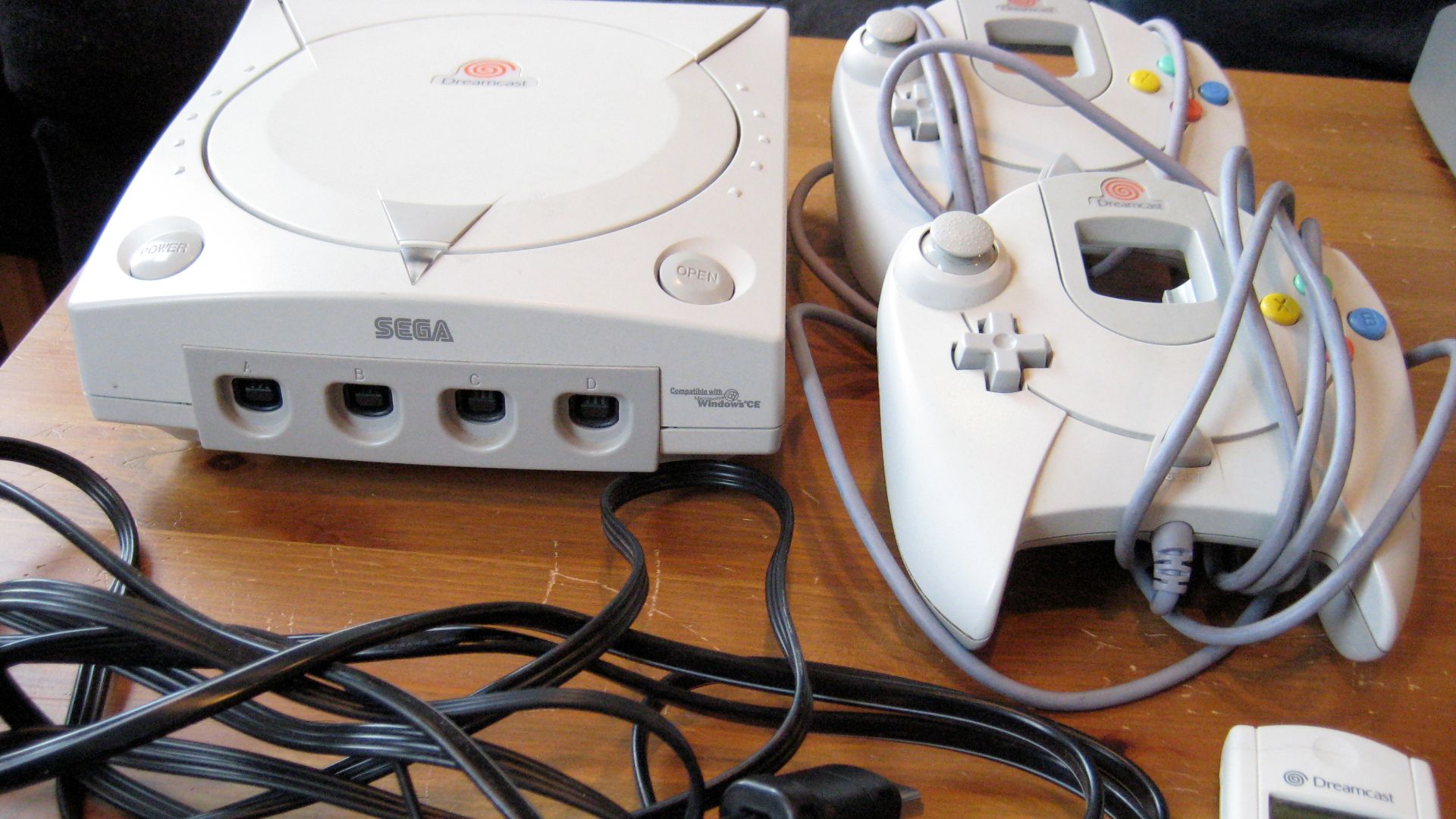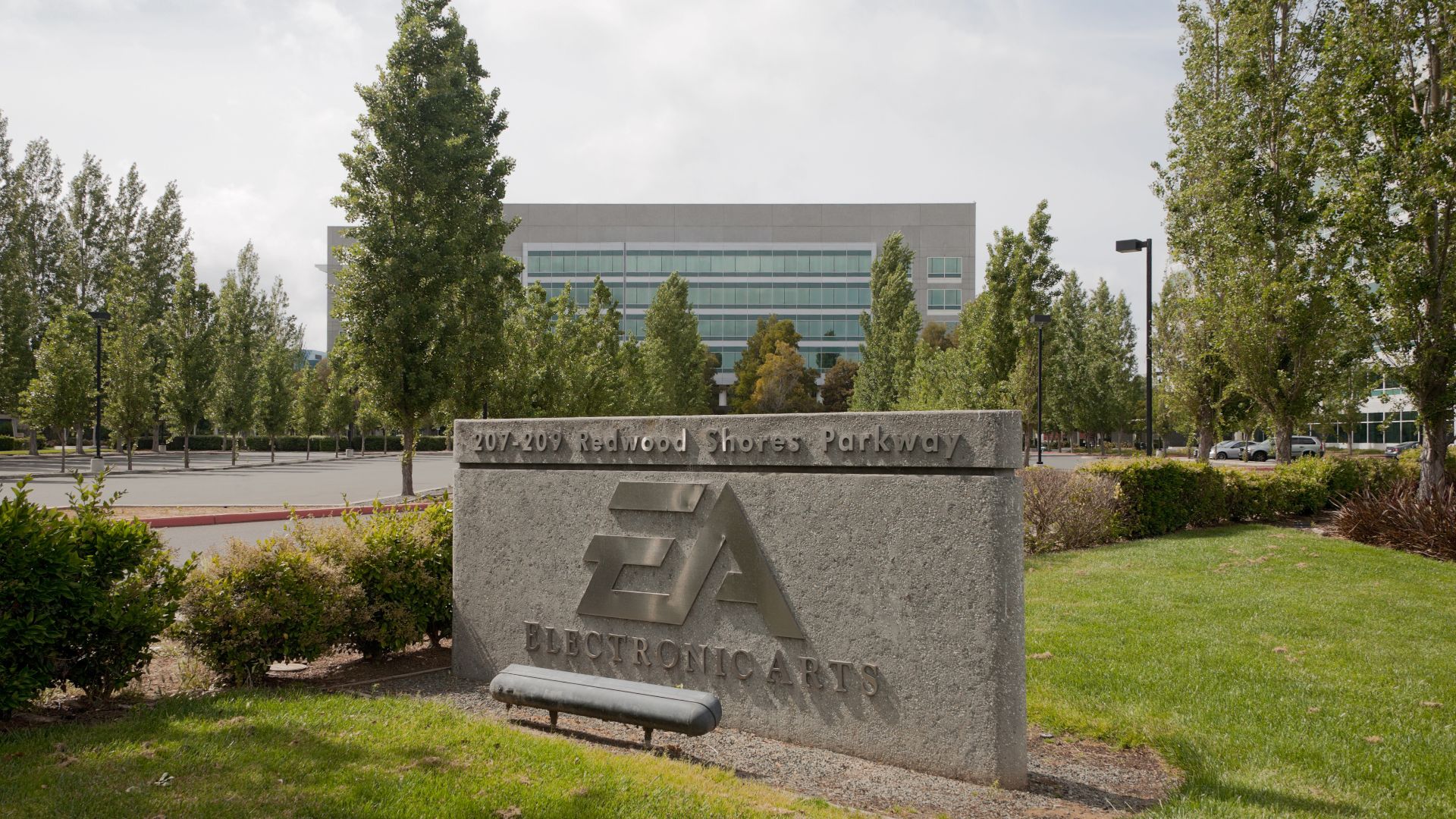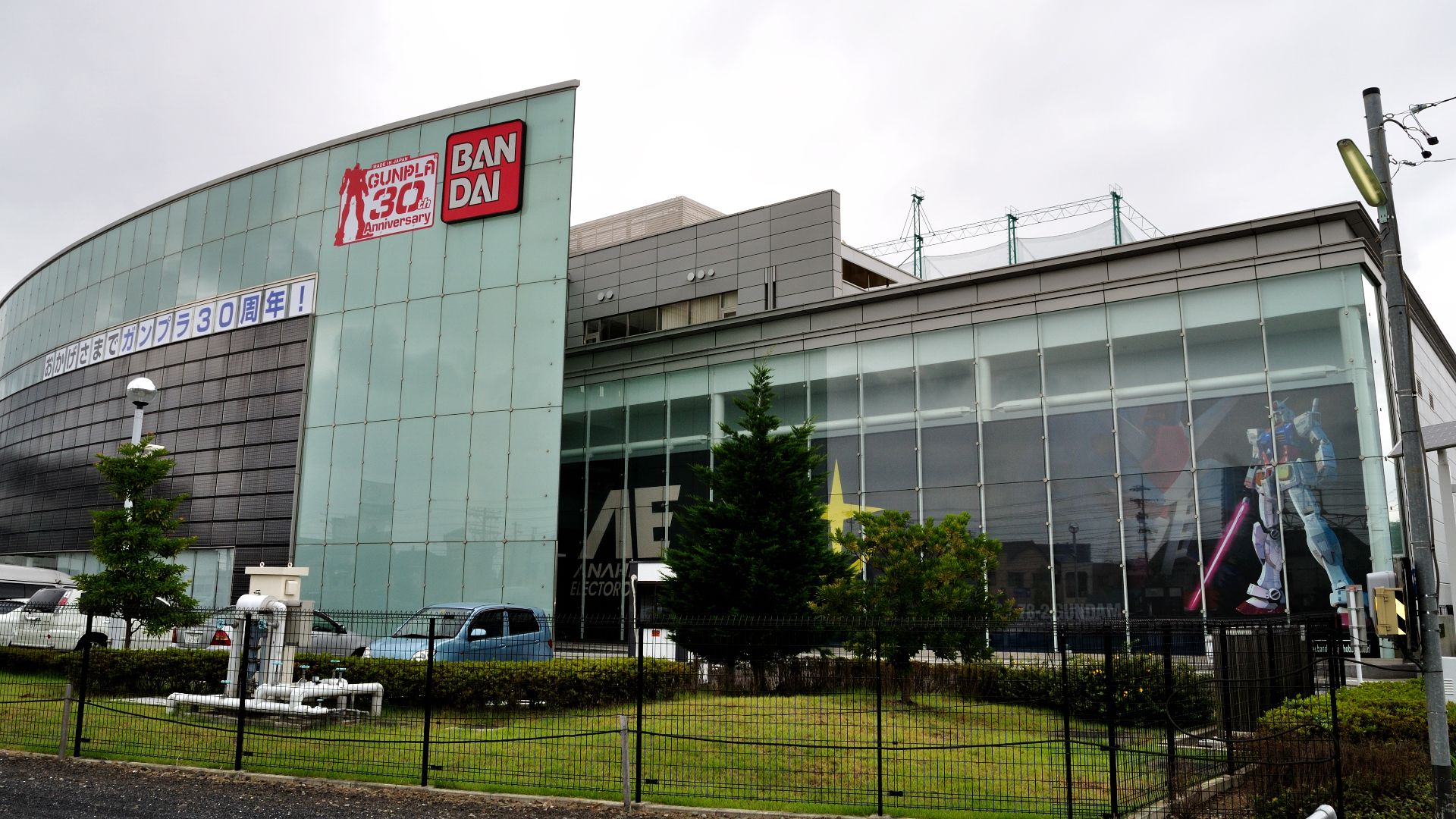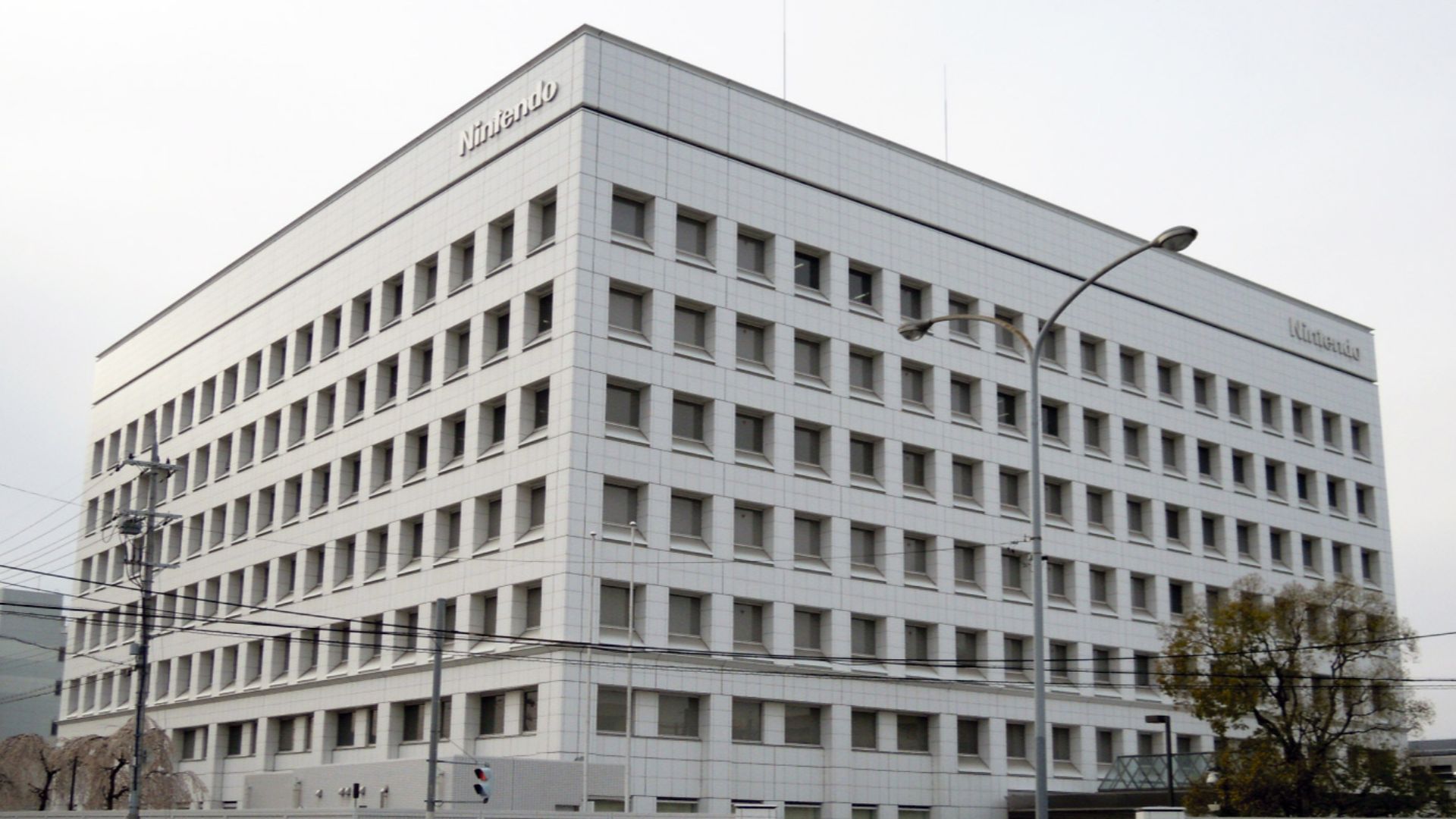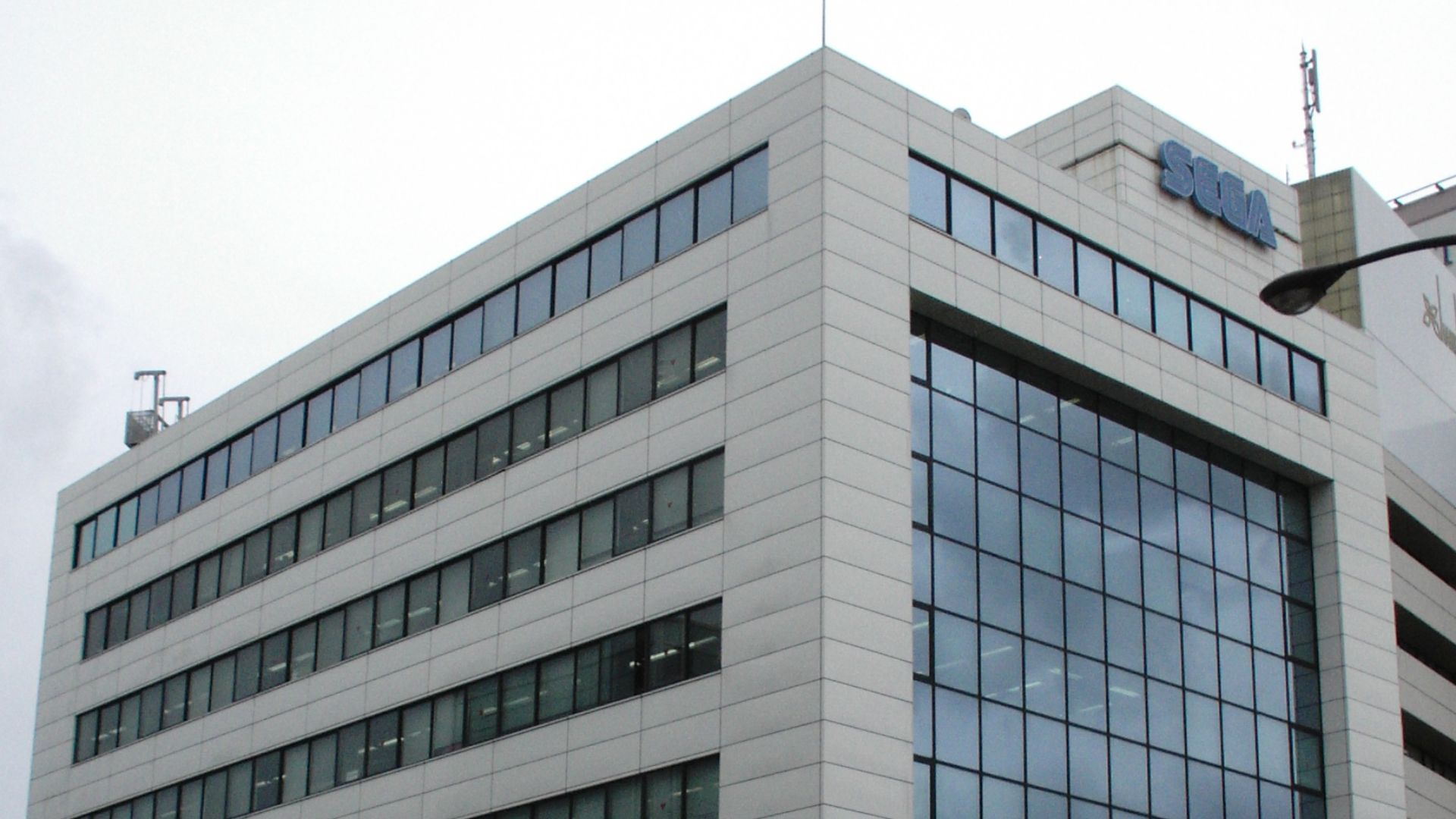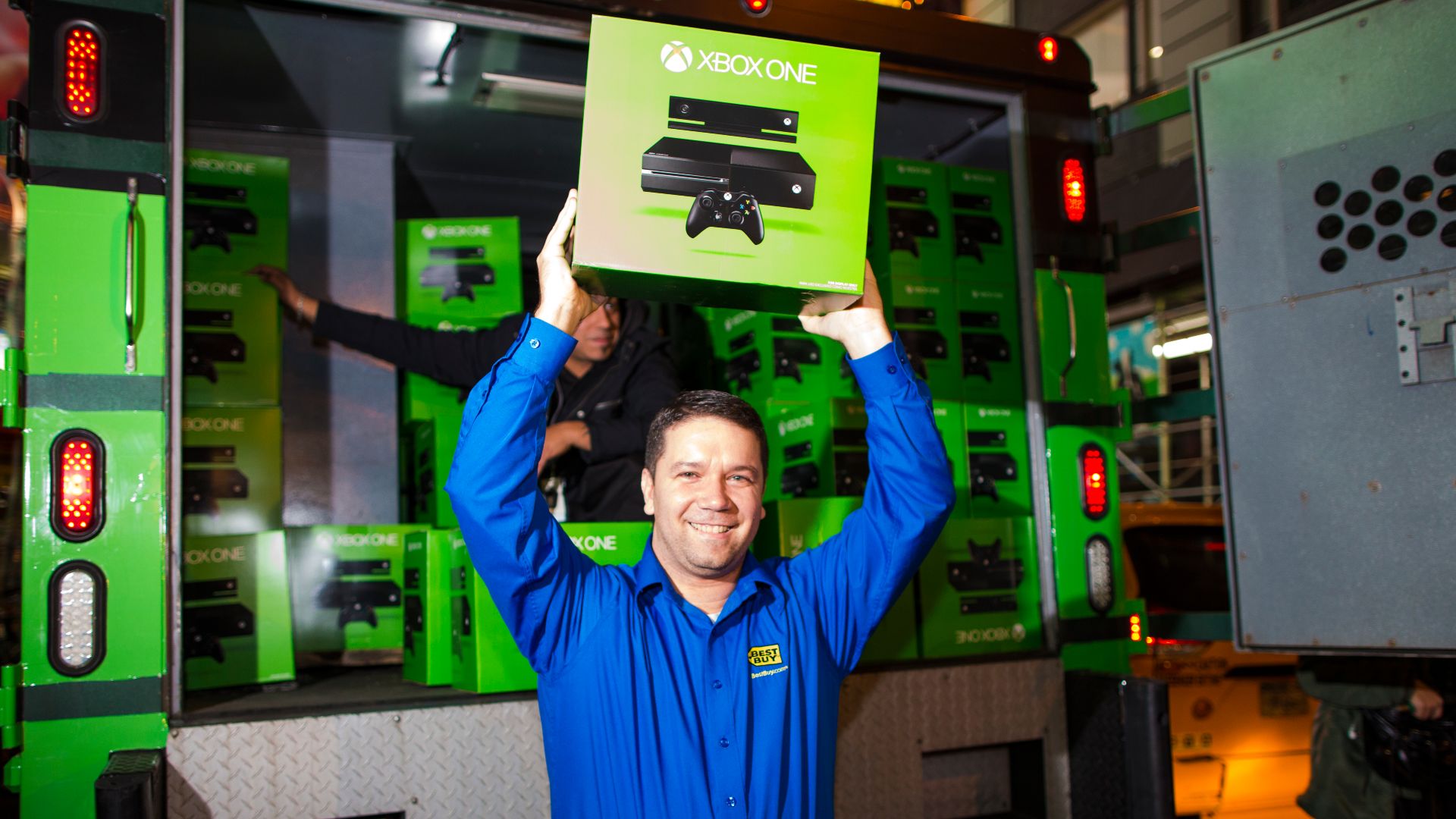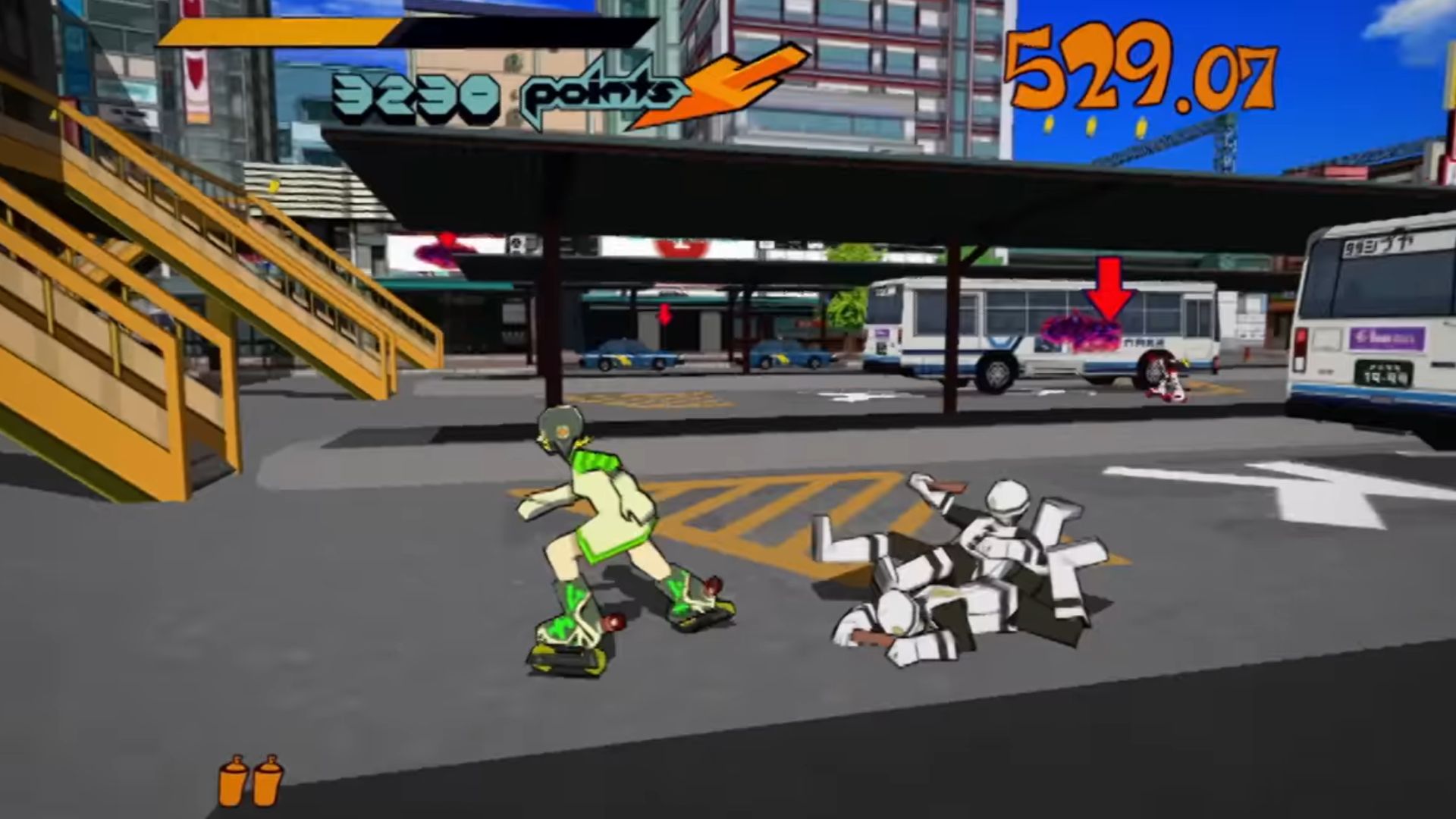Cracks Beneath The Console Empire
Sega was a force in the gaming industry that shaped how entire generations played and imagined. The company had a reputation for bold ideas and fearless innovation, and they carved out a legacy defined by creativity and risk. However, behind the excitement lay a turbulent story of ambition and missteps. Let’s consider some defining moments that illustrate how Sega rose, stumbled, and earned its place in gaming history.
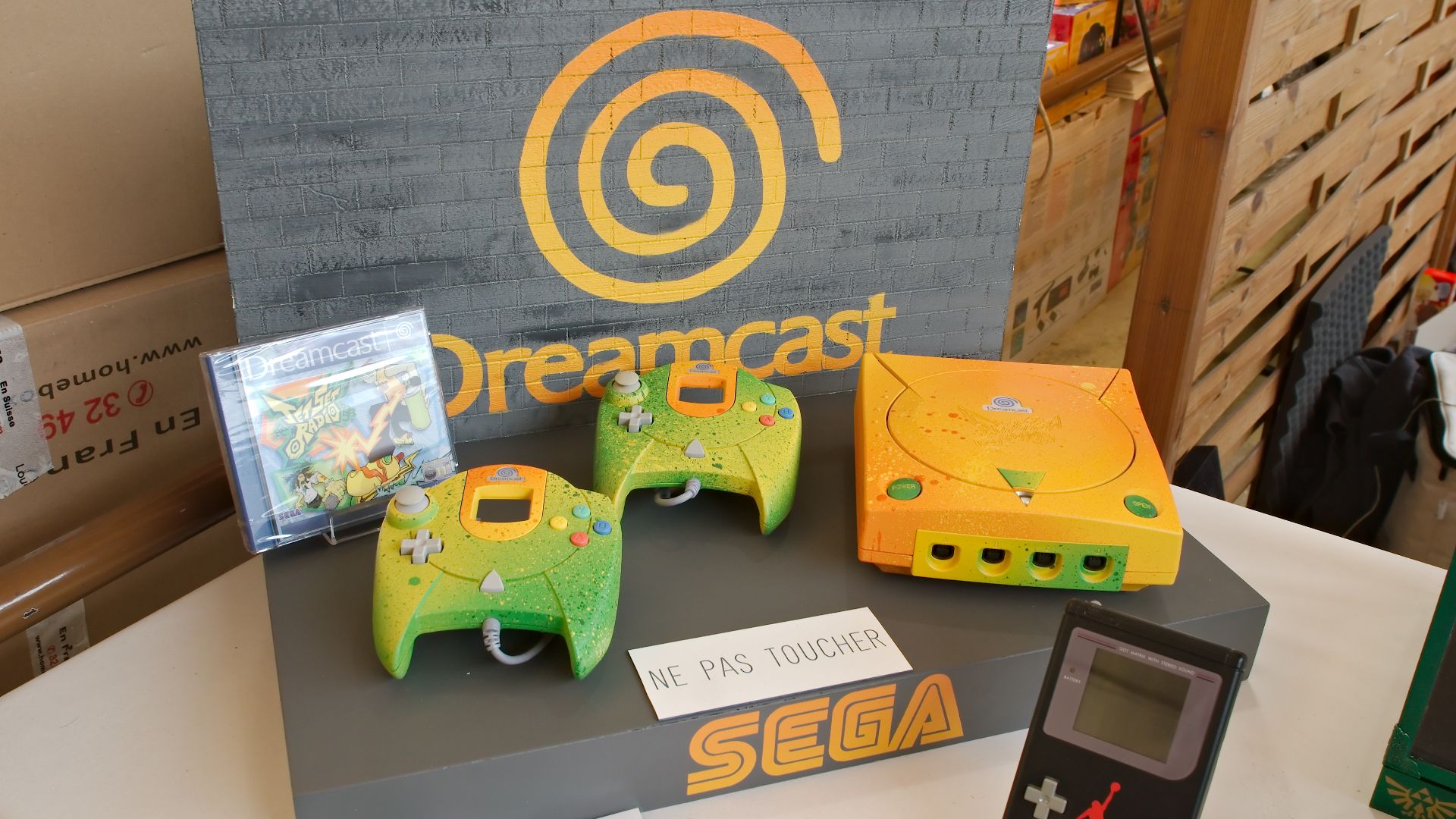 Frédéric BISSON from Rouen, France on Wikimedia
Frédéric BISSON from Rouen, France on Wikimedia
1. Sega Once Ruled Arcades With Groundbreaking Hits
With cabinets like Hang-On and Out Run, Sega dominated arcades. Their innovative hardware, including Super Scaler and System 16 boards, powered titles that pushed technical limits. Moreover, games like After Burner redefined player engagement.
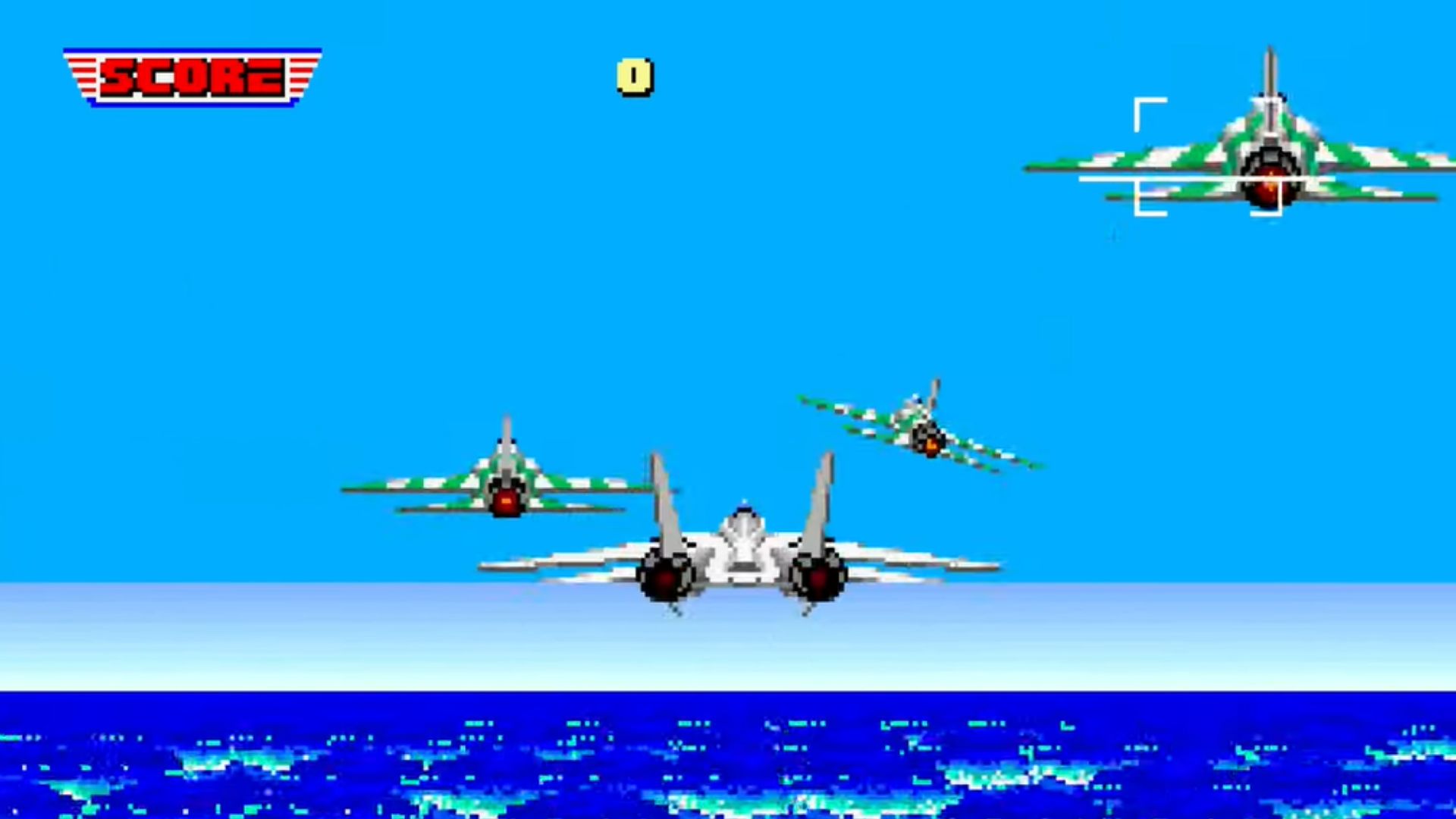 After Burner [ARCADE] Gameplay Walkthrough FULL GAME🔴 by Kawaii Games
After Burner [ARCADE] Gameplay Walkthrough FULL GAME🔴 by Kawaii Games
2. Lost Early Console War
The Sega Master System featured superior graphics and hardware, but Nintendo’s tight control over third-party developers blocked its growth in the U.S. While it gained cult fans, its real success came abroad, as in Europe and Brazil, where it outshone the NES.
3. Redefined Cool With The Genesis Era
Sega launched the Genesis in 1989 before the SNES, and promised that “Genesis does what Nintendon’t.” Backed by Sonic the Hedgehog, it built a rebellious image that appealed to teens. In America, it carved a powerful identity through celebrity-endorsed sports titles.
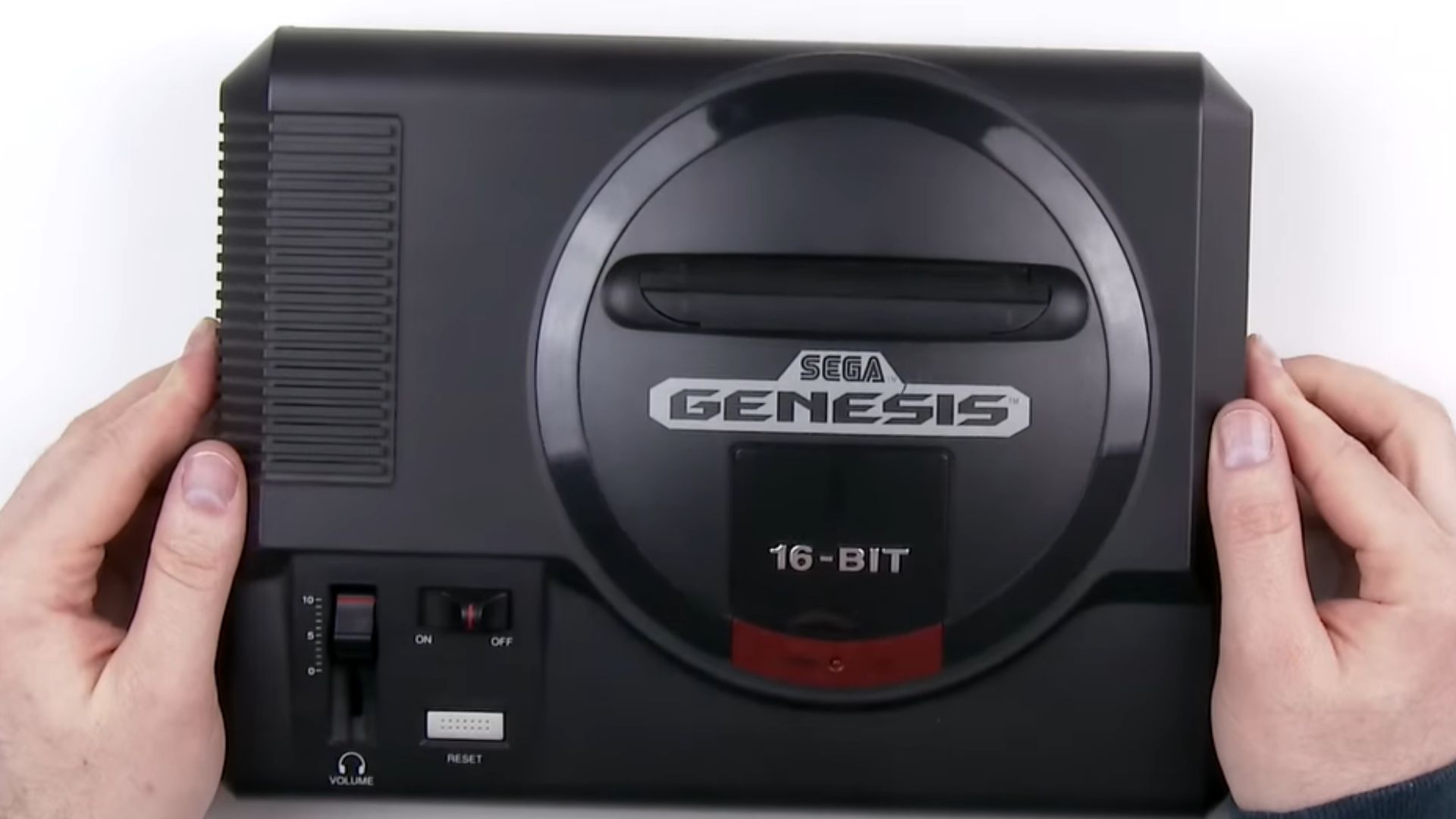 Sega Genesis Unboxing by Unbox Therapy
Sega Genesis Unboxing by Unbox Therapy
4. Sega Pioneered Digital Game Delivery
Before digital stores became standard, Sega Channel let Genesis players download games via cable TV. Launched in 1994, it offered monthly rotating titles, but was limited mostly to North America. Though discontinued in 1998, it still previewed network-based game access.
5. Gave Sonic The Spotlight
Created to rival Mario, Sonic brought speed and attitude that resonated with Western audiences. His 1991 debut made the Genesis a must-have console. With games, cartoons, and merchandise flooding pop culture, Sonic quickly evolved into one of gaming’s most iconic mascots.
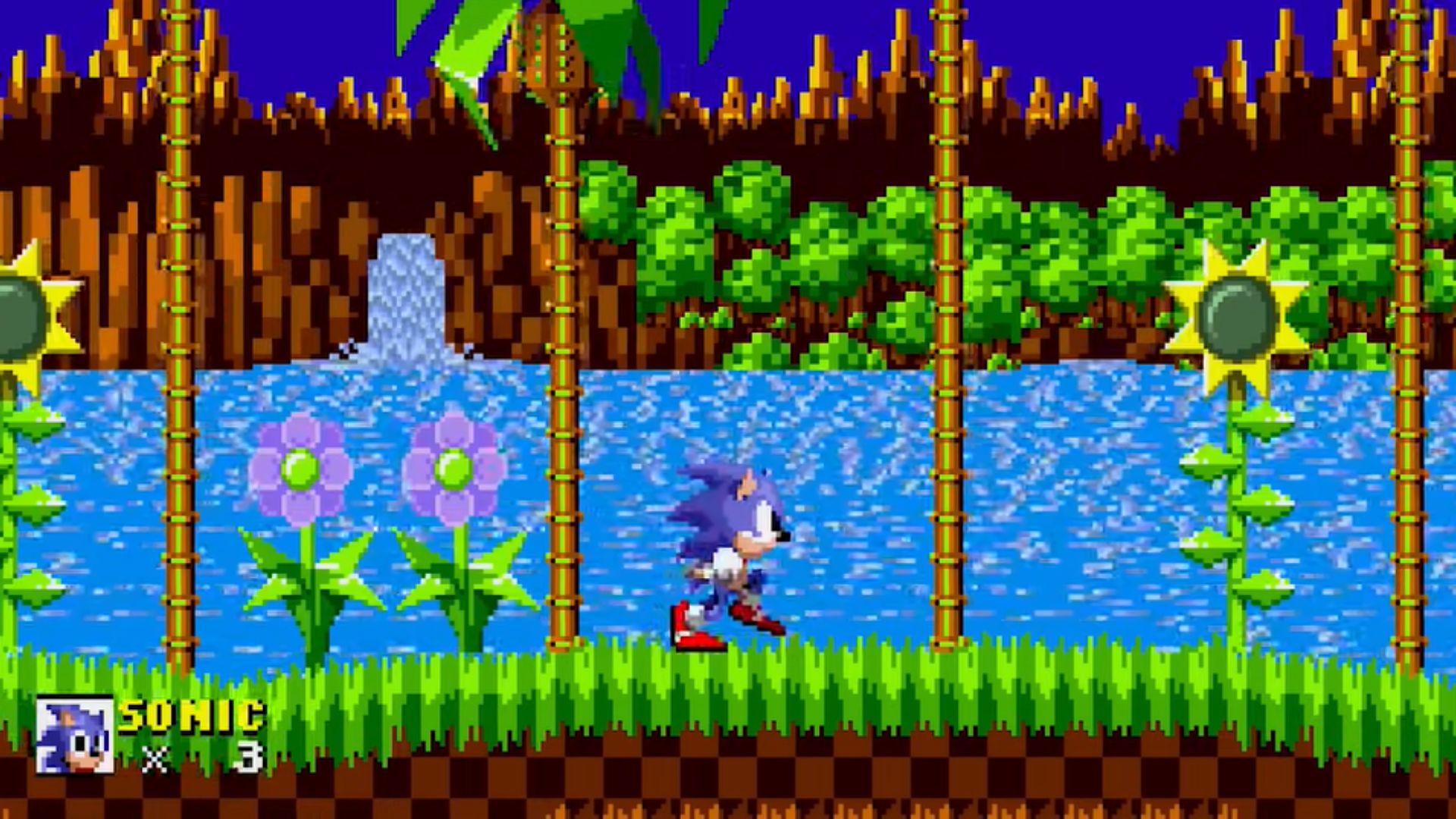 Sonic the Hedgehog (Mega Drive/Genesis) playthrough ~Longplay~ by FCPlaythroughs
Sonic the Hedgehog (Mega Drive/Genesis) playthrough ~Longplay~ by FCPlaythroughs
6. Bet Big On Discs, Lost Bigger
Sega overwhelmed users with add-ons like the 32X, which required additional costs and setup. The Game Gear also drained company resources without wide appeal. Poor branding made Sega’s hardware lineup feel like a guessing game, although add-ons enabled niche advancements.
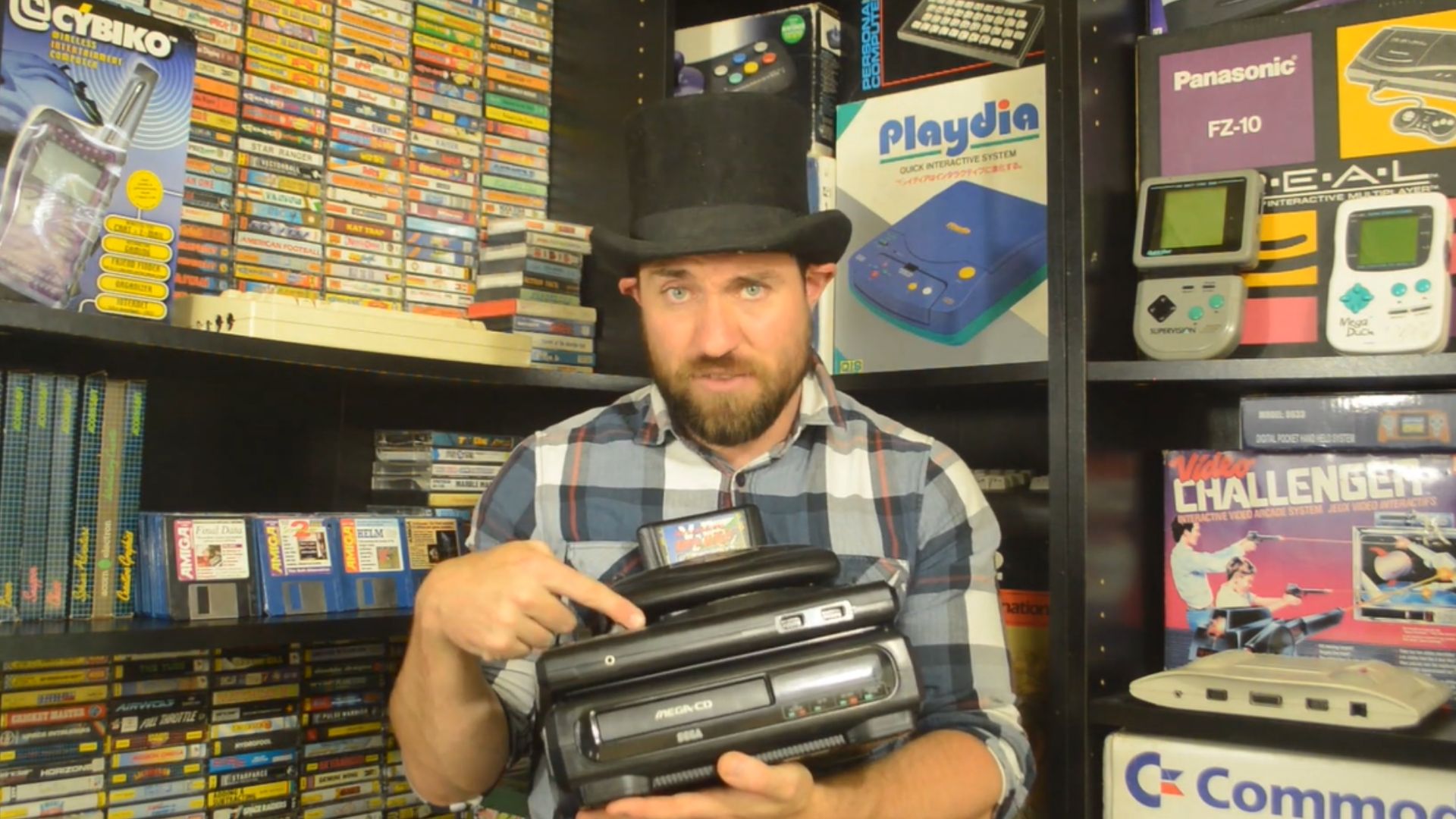 MEGADRIVE MINI 32X and CD add on! - The Worst Thing Ever!? by Top Hat Gaming Man
MEGADRIVE MINI 32X and CD add on! - The Worst Thing Ever!? by Top Hat Gaming Man
7. Complex Hardware Pushed Developers Away Early
Though the Sega Saturn entered the 32-bit era with impressive specs, its dual-CPU architecture posed serious challenges. Developers found the system difficult to work with, when operating at full power. While challenging for 3D, the architecture suited 2D and arcade ports.
8. Introduced Online Play Before It Mattered
Sega’s Dreamcast introduced online gaming with a built-in modem and broke new ground with its VMU memory card. Visually stunning titles like Soulcalibur demonstrated what arcade-quality graphics could achieve. However, anticipation for the PS2 overshadowed it.
9. Struggled To Keep Third-Party Creators Onboard
Sega’s track record of short-lived hardware made third parties hesitant to invest. Licensing policies varied by region, and even major players like Electronic Arts pulled support. This, combined with Sony’s growing popularity, left Sega’s platforms with less competitive libraries.
10. A Missed Megamerger With Bandai
In the late ’90s, Sega nearly merged with Bandai in a $1 billion deal that would’ve created a gaming and toy powerhouse. The partnership promised a strong link between Sega’s consoles and Bandai’s massive merchandise empire. However, internal pushback from Bandai staff led executives to walk away.
11. Lost Ground Fast As Rivals Surged
Sony’s PlayStation reshaped the market with a lower price point and CD-based media that cut development costs. Sega couldn’t compete with Sony’s strong third-party relationships and consistent strategy. By the time the PS2 launched, Sega’s hardware business was severely weakened.
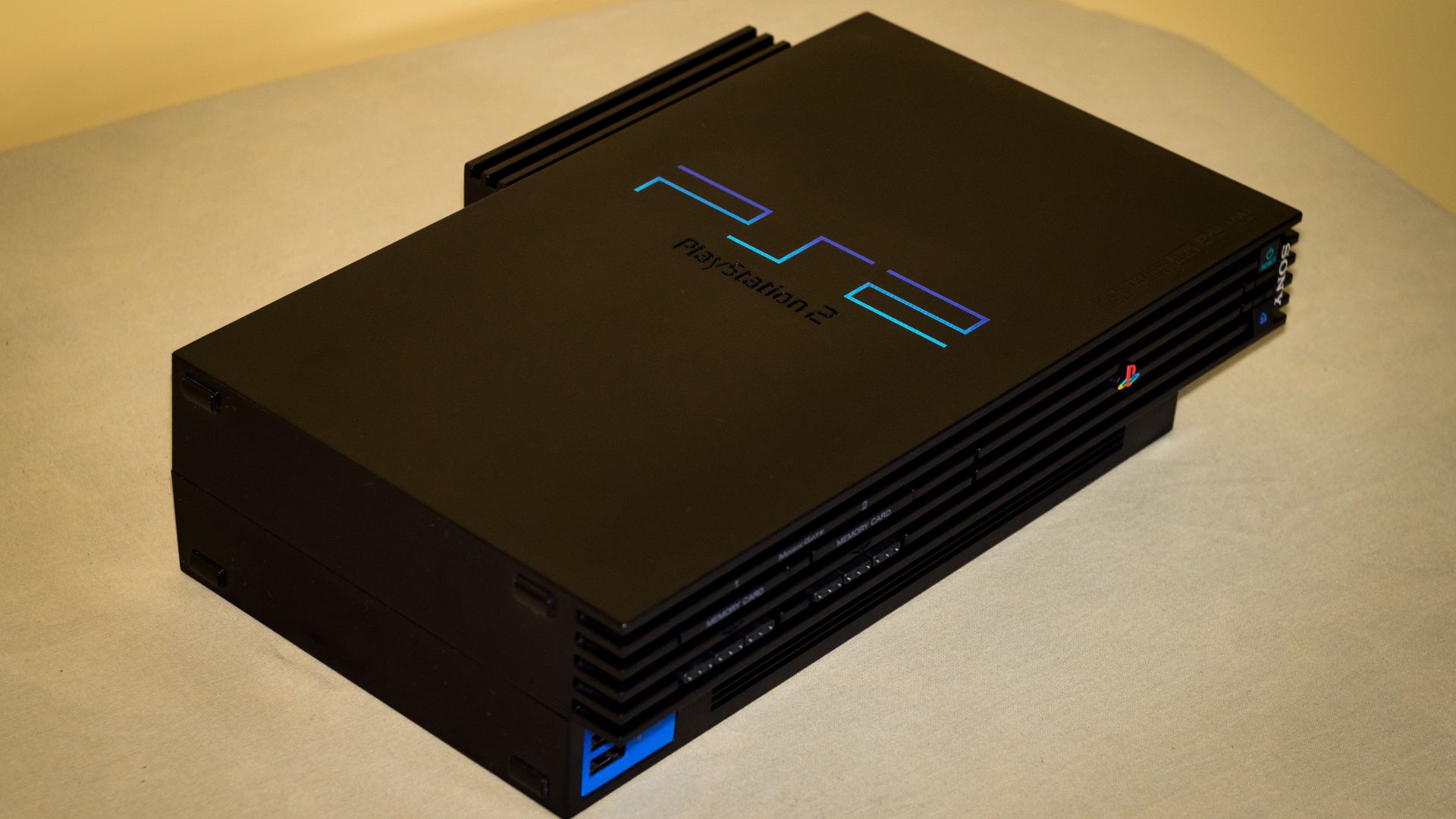 Deni Williams from São Paulo, Brasil / Brazil on Wikimedia
Deni Williams from São Paulo, Brasil / Brazil on Wikimedia
12. Ended Its Console Journey With Dreamcast
In 2001, Sega officially ended production of the Dreamcast. Mounting financial losses, poor hardware sales, and market fatigue compelled the company to take action. As liquidation followed, fans mourned the fall of a once-revolutionary gaming pioneer.
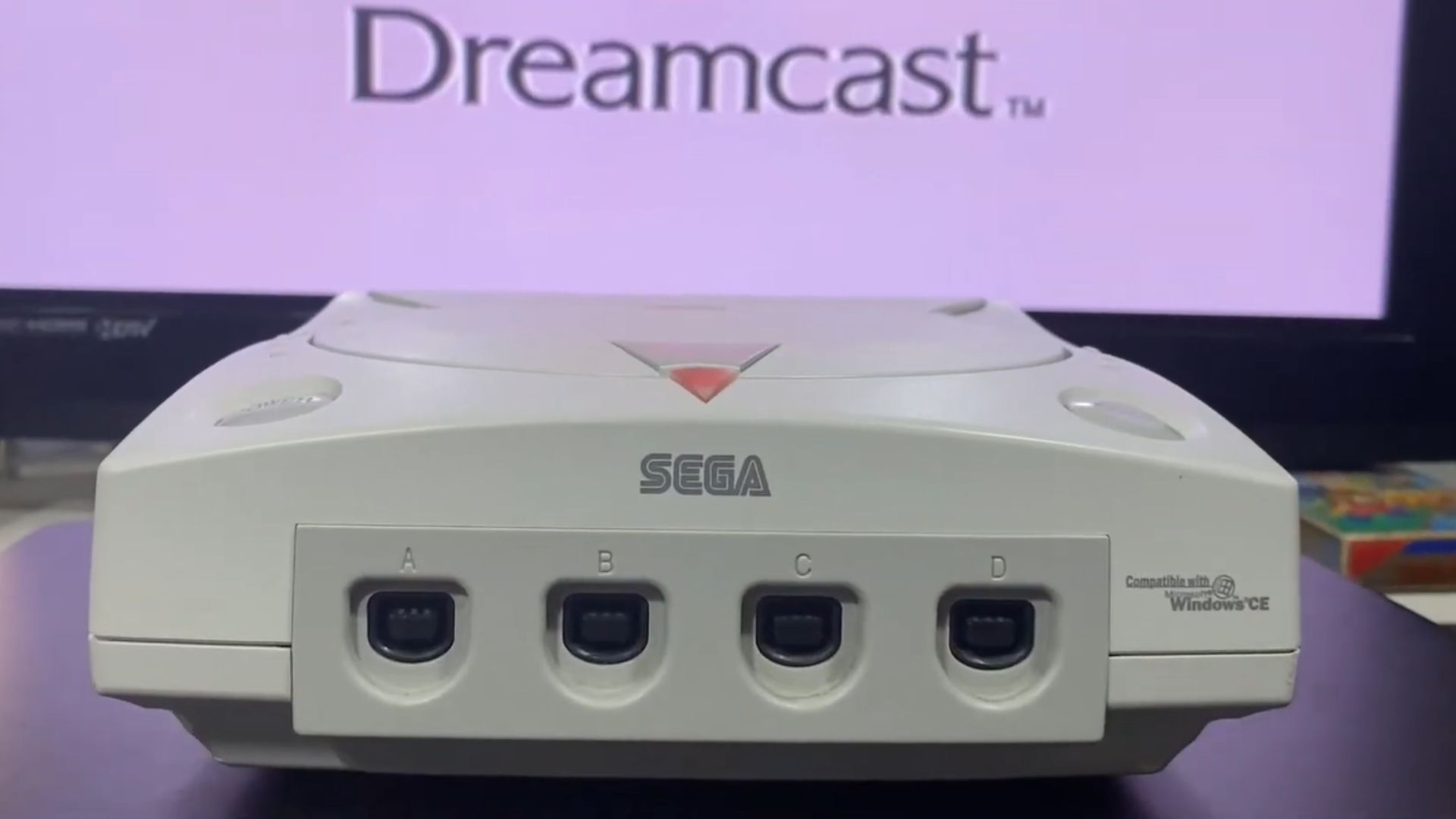 The Sega Dreamcast and Sega's Final Attempt | VideoGameDocs by VideoGameDocs
The Sega Dreamcast and Sega's Final Attempt | VideoGameDocs by VideoGameDocs
13. Shifted Focus Entirely To Making Games
Following its hardware retreat, Sega reinvented itself as a third-party developer, creating games for former rivals like Nintendo and Sony. Soon, iconic franchises such as Jet Set Radio found new homes. This pivot allowed Sega to focus on innovation through software.
14. Faced Heavy Losses After Repeated Misfires
Sega’s string of failed consoles left it financially vulnerable, with ballooning development costs and plummeting stock value. Even Shenmue, costing approximately $47-70 million, couldn’t turn a profit. And as investor confidence dropped, so did the number of Sega studios.
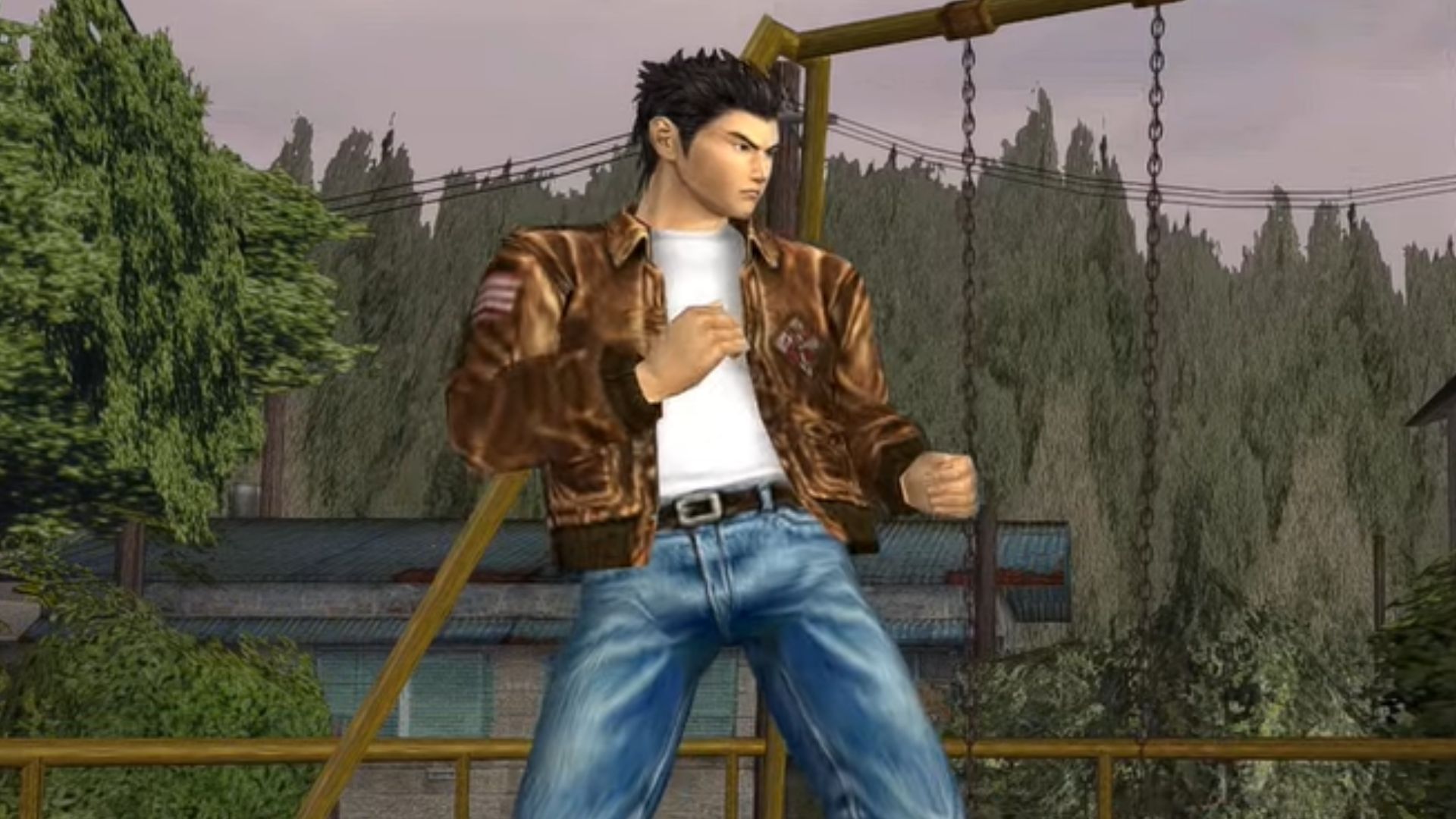 "Shenmue's combat is boring" by SURU
"Shenmue's combat is boring" by SURU
15. Internal Rifts Damaged Global Decision-Making Power
The East-West divide of Sega crippled its ability to act as a unified global force. While Sega of America drove much of the Genesis’s success through aggressive marketing and localized titles, Sega of Japan maintained rigid control over hardware and creative direction.
16. Released Consoles Too Quickly, Too Often
Several new systems were launched, but older ones were left without meaningful support, and Saturn’s rushed U.S. release alienated developers and retail partners. As consumers grew wary of Sega’s short hardware lifespans, competitors like Sony wooed them with more consistent product roadmaps.
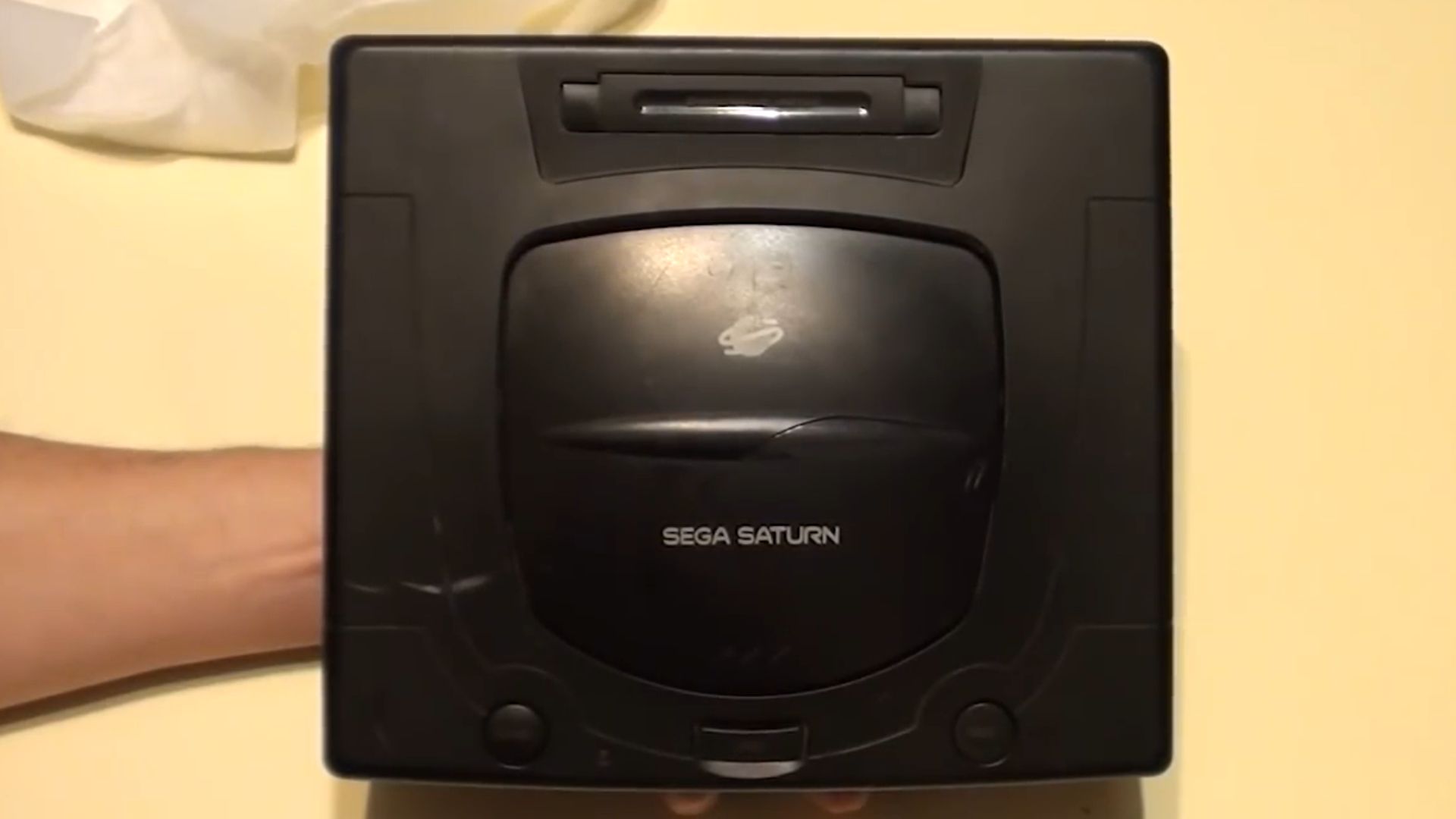 Sega Saturn Model 2 Unboxing & Model 1 Comparison by TechHarvest
Sega Saturn Model 2 Unboxing & Model 1 Comparison by TechHarvest
17. Great Games Couldn’t Reverse Hardware Decline
Even ambitious titles couldn’t reverse Sega’s hardware decline. Products like the Panzer Dragoon Saga arrived late and in limited numbers. While Jet Set Radio and Sonic Adventure found fans, they weren’t enough to rescue the Dreamcast’s commercial freefall.
18. Never Returned To Making New Consoles
The dominance of Sony and Microsoft left little room for Sega to re-enter the hardware market. Sega’s internal focus shifted fully to publishing, even as licensed Sega-branded hardware failed to gain traction. Leadership ultimately acknowledged that another console venture would be ruinous.
19. Cult Classics Kept The Brand Beloved
Even after its hardware exit, Sega's back catalog developed a devoted cult following. Titles like Jet Set Radio, Shenmue, and Panzer Dragoon Saga are frequently cited as ahead of their time. These games secured Sega’s place as a creative powerhouse in gaming history.
20. Left A Bold Mark On Gaming
Sega’s legacy endures through its IPs and its lasting influence on modern game design. Franchises like Yakuza and Bayonetta show how the company adapted to new markets. Sega may have exited the console race, but its daring spirit continues to inspire innovation.
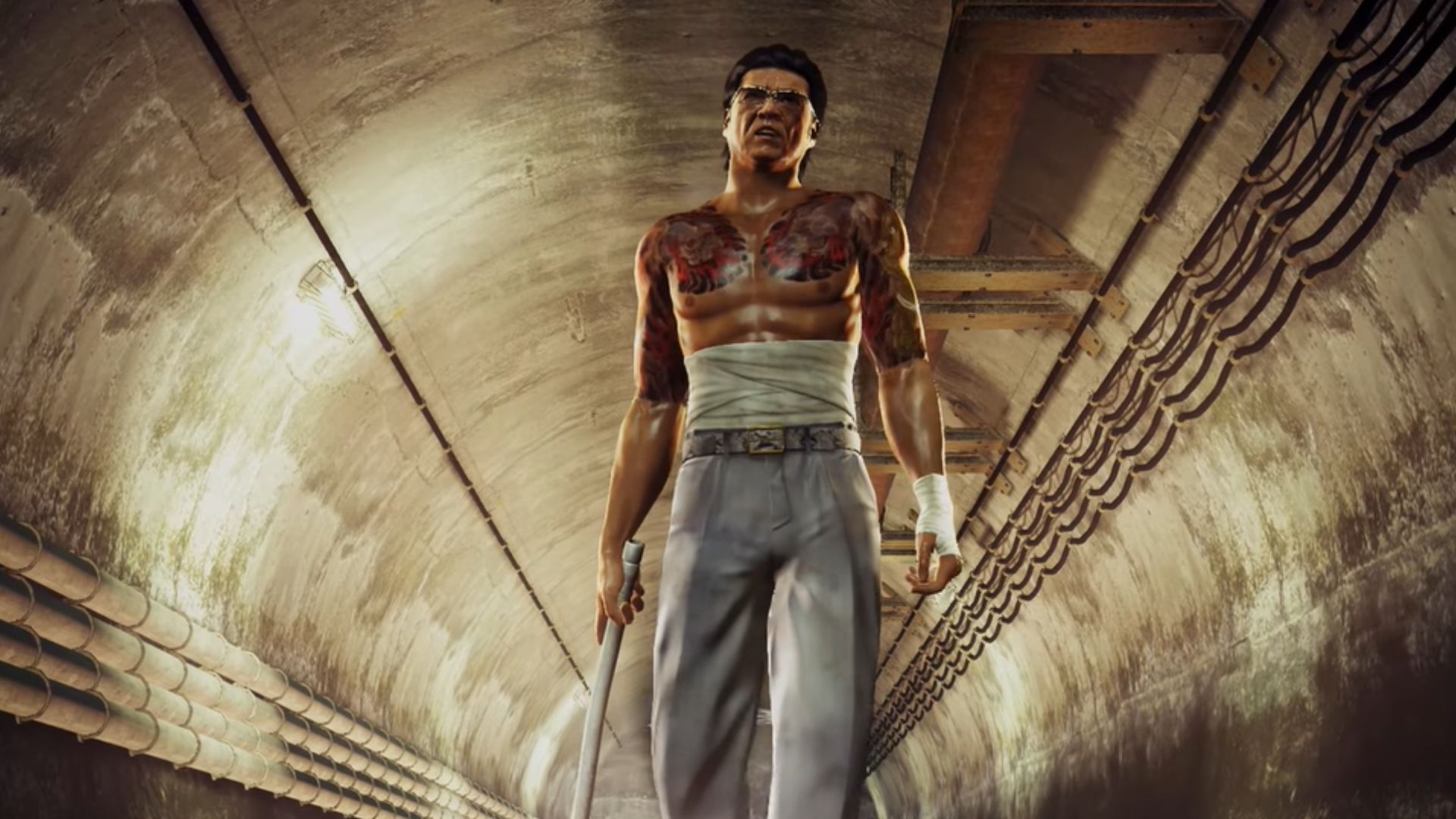 Yakuza 0 Director’s Cut – Daisaku Kuze English Dub First Look| Nintendo Switch™ 2 by SEGA
Yakuza 0 Director’s Cut – Daisaku Kuze English Dub First Look| Nintendo Switch™ 2 by SEGA


